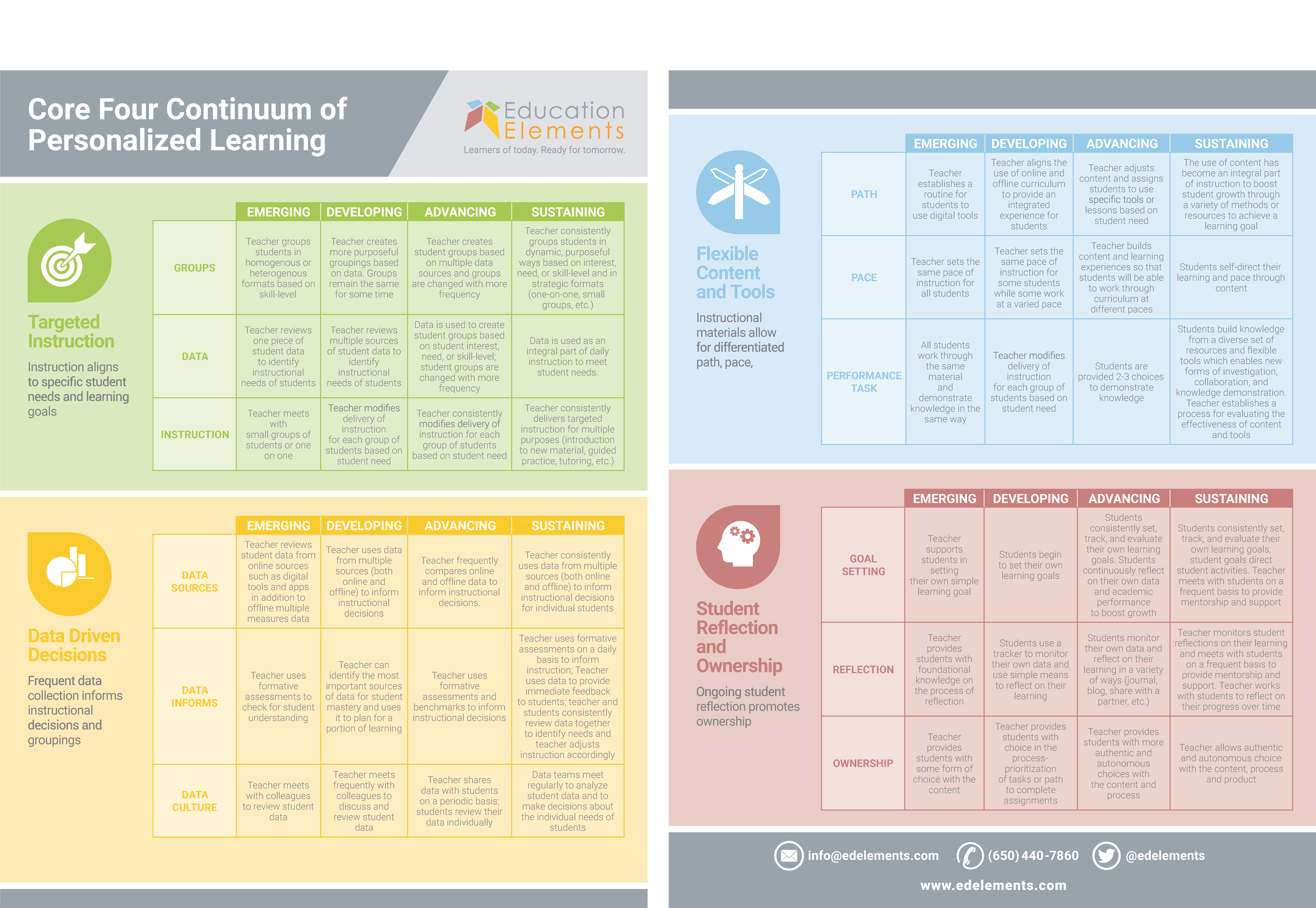OTAN News
Shifting the Role of the Teacher
If it is not immediately obvious by now, we are in the midst of a digital revolution that is transforming our economic, political, and social systems around the world. Much of our education system, though, is still designed to train a 20th century workforce suited for manual, repetitive work with little technology integration. To move our education to a system that prepares students for 21st century work and life, we need to transform the essential pieces of that system, most notably, teachers and instruction.
In her article How Do You Shift the Role of the Teacher?, author Jill Thompson posits that we must shift the role of teacher along a continuum from lecturer and instructor to facilitator and coach, with the goal of creating opportunities for personalized learning for students, ideally through all levels of education from elementary through adult. We have heard this argument for a while now, transporting the teacher from “sage on the stage” to “guide on the side,” and Thompson provides some ideas for changes in practice, both small and large, that would help a teacher move along the continuum, including:
-
From lecturer to instructor – Consider more targeted instruction of a shorter length that frees up time for students to practice what has been taught and the teacher to work with smaller groups of students or even one-on-one. In previous news items (for example, Getting Started with Flipped Learning), we have also discussed using blended learning to deliver content instruction at home or outside the classroom, freeing up instructional time to review and practice.
-
From instructor to facilitator – This is the opportunity to introduce different instructional models, like station rotation, which reconfigure instruction to smaller groups of students based on their learning needs and goals.
-
From facilitator to coach – According to this guide, a teacher wants to have Targeted Instruction, Data Driven Decisions, Flexible Content and Tools, and Student Ownership and Reflection as regular, key components of her classroom. It is worth noting that a teacher can make small, incremental steps in stages from emerging to sustaining over time to fully enable these four components.
It is not always easy to change our practice to fully meet the needs of our students, but the larger demands of the world should be enough incentive to make adjustments for the benefits of our students, families, and communities. If you would like some ideas or training on blended learning, please contact us at support@otan.us or call us at 916-228-2580!
Article: How Do You Shift the Role of the Teacher? from Education Elements
Handout: Core Four Continuum of Personalized Learning from Education Elements


